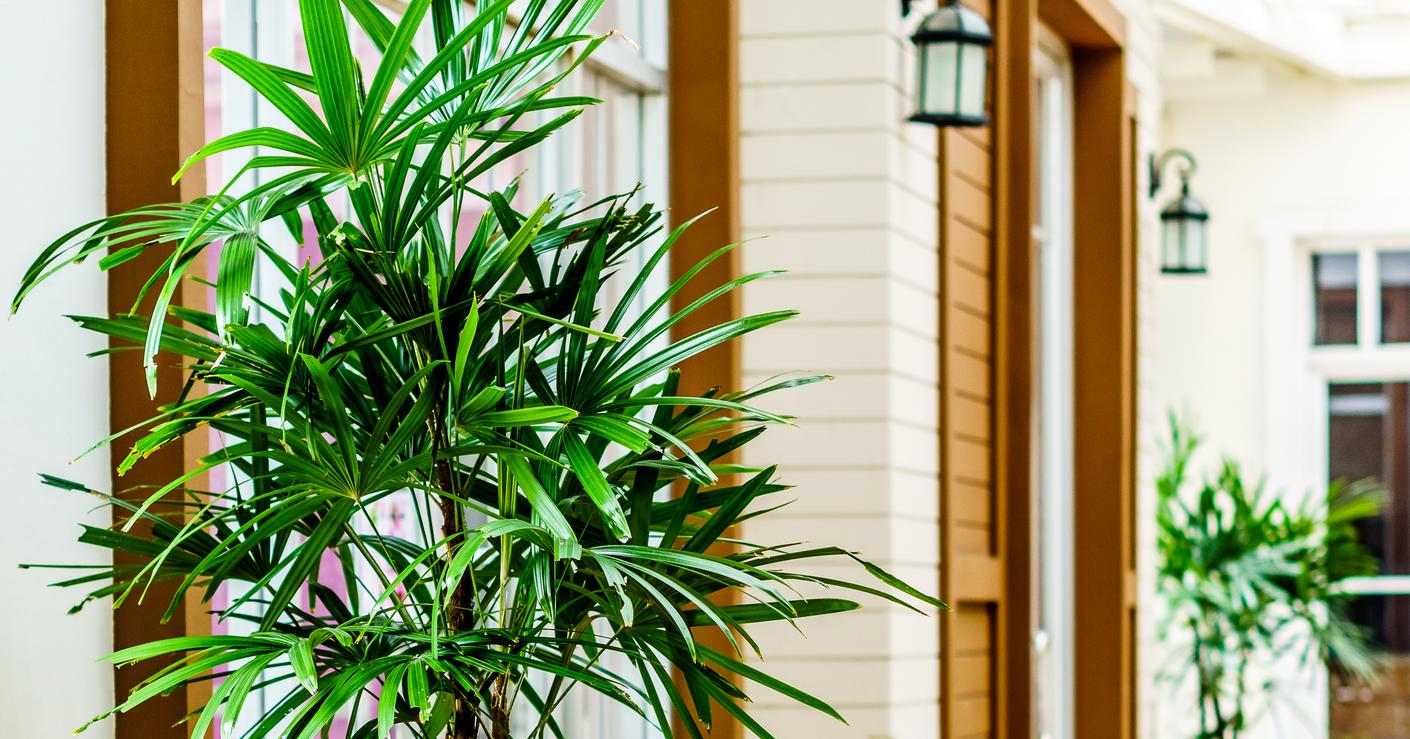Best Indoor Plants For Your Health
Indoor plants have long been prized for their aesthetic effects and adding a bit of extra oxygen to the air. They also keep air temperatures down, increase humidity, and reduce levels of airborne dust. In the late 1980s, NASA began a study that showed particular indoor plants had even more value regarding health. While the purpose of the study was to look for houseplants that could purify space facilities' air, finding several plants that filtered out common volatile organic compounds (VOCs), it also discovered plants aid in cleaning indoor air on Earth. Popular plants were tested for their value in filtering out common toxins like formaldehyde, which is present in foam insulation, carpets, pressed wood products, particle board furniture, cleaning agents, adhesives, and permanent-press clothes. Get to know some of these plants now.
Bamboo Palm

In the NASA study, the bamboo palm was placed third for all-around air cleanliness, including in the removal of formaldehyde. It needs a fair bit of room to grow, but the bamboo palm is relatively easy to manage indoors if you begin with a healthy plant. Seek out plants with dark green leaves, and avoid plants with brown or wilting leaves.
Transplanting when possible after purchase is the wisest practice. Aim for a container about two inches larger than the pot from the nursery when you do transplant it. The container should have adequate drainage, with the holes covered with a piece of hardware cloth to stop the plant's soil from seeping outward. These palm plants are reasonably simple to keep. When the soil surface feels dry, water it with room-temperature filtered water for even moistness. A time-released granular fertilizer during the season for growing is also essential. Always re-pot the plant as soon as it grows larger than suitable for the present pot.
Continue to learn about the next healthiest indoor plant.